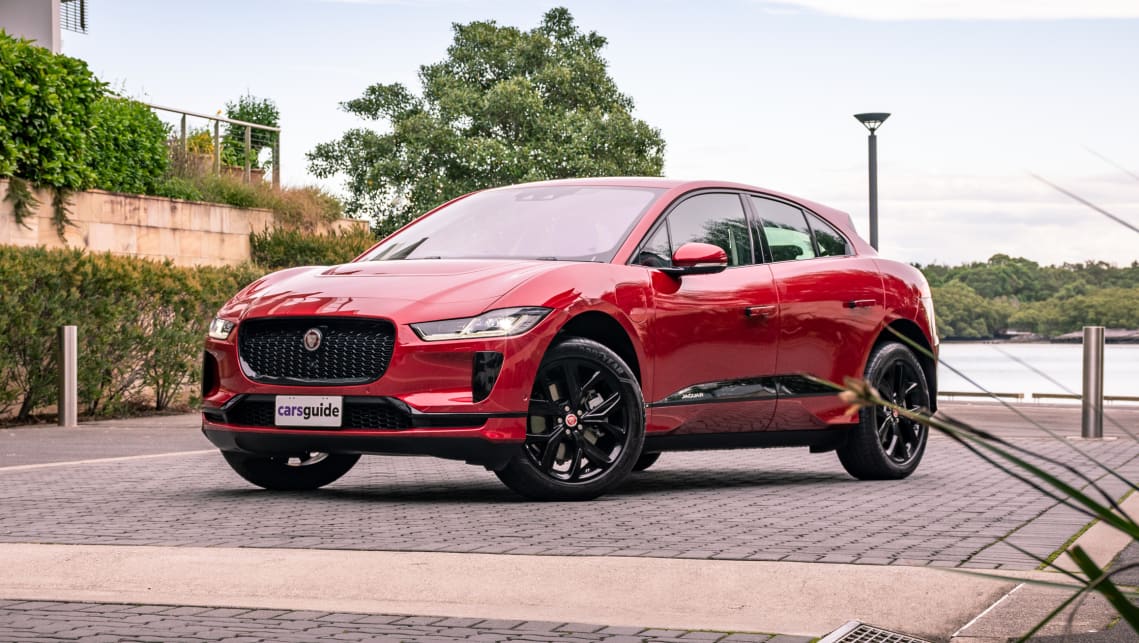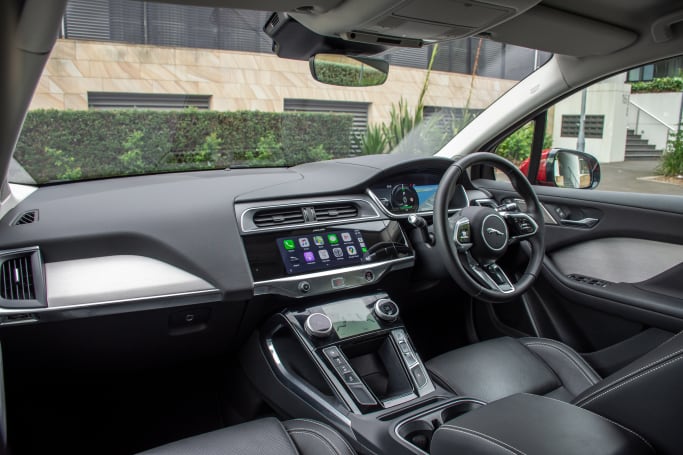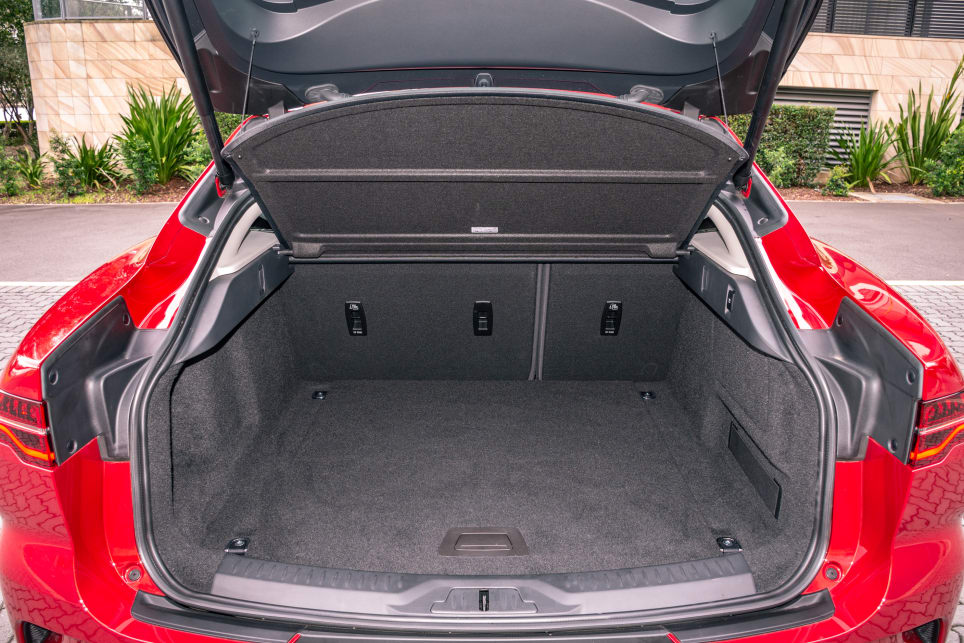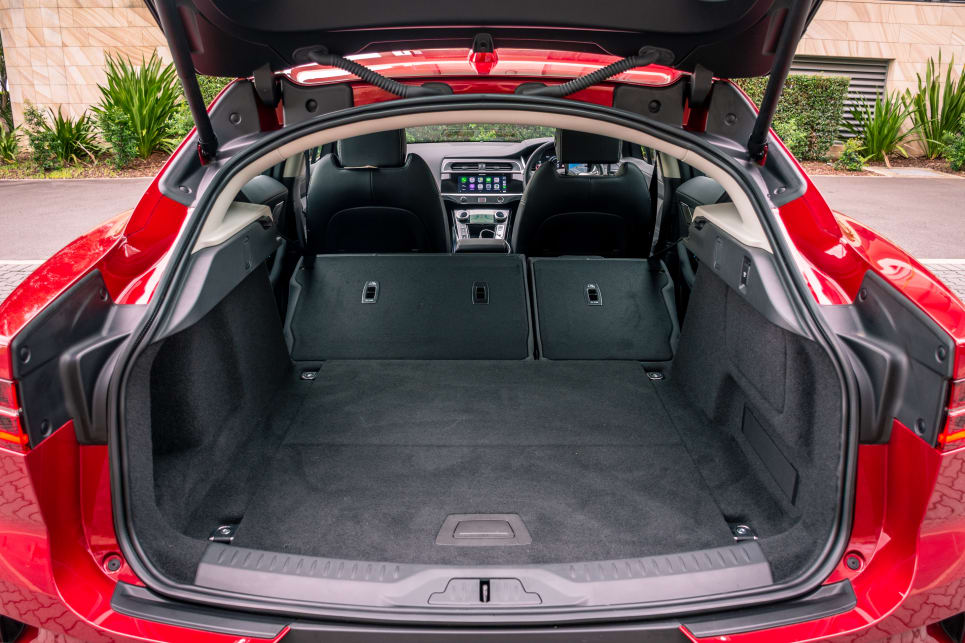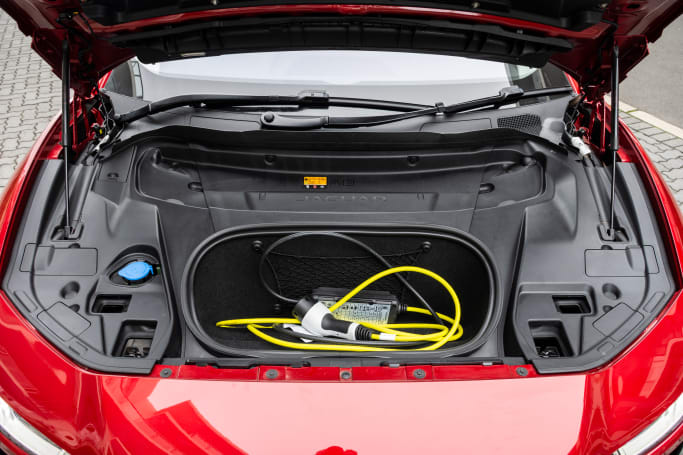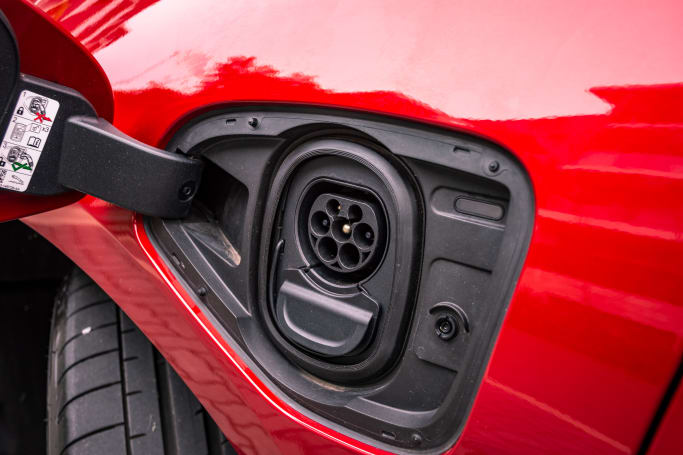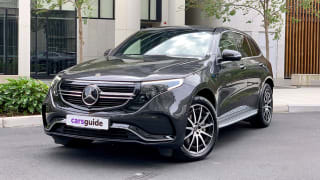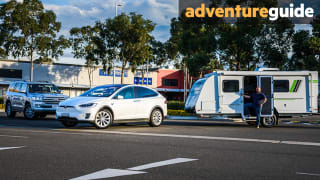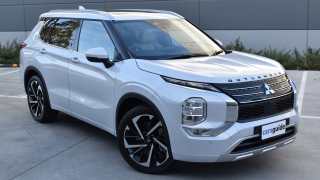Sadly, as exciting as the world of electric cars is – it’s exclusively for an audience of deep-pocketed early adopters.
We’ve talked before about the painfully tall pricetags of the cheapest electric cars – Nissan’s Leaf, Renault’s Zoe, and Hyundai’s Kona – but when it comes to premium automakers, the pricetags perhaps hurt a little less knowing so much of the cost is just to build one.
Nevertheless, this base Jaguar I-Pace EV400 S we’ve tested here comes in at $123,814, and that’s before you start to delve into the always extensive (and occasionally necessary) Jaguar options catalog.

Thankfully, the base I-Pace is a surprisingly generous offering right out of the box, so you may think twice about ticking any option boxes at all.
Standard are flashy bits, such as the touch pro duo screen consisting of a 10.0-inch multimedia touchscreen and second configurable screen, a 12-inch digital dashboard (also configurable, but fiddly), LED headlights, flush doorhandles, faux-leather seating, and an eight-way powered driver’s seat.

There’s also plenty of your standard creature comforts which have not been forgotten or option-packed away, such as keyless entry, auto dimming rear vision mirrors, auto wipers, headlights, and high-beam control and dual-zone climate control.
That’s far from where it stopped for our car, which had $20,703 worth of options fitted, including the driver assist pack (blind spot assist, 360-degree camera, adaptive cruise control, steering assist, freeway-speed AEB – $3970), 10-way adjustable electric front seats, heated rear seats ($3835), Ebony grained leather sport seats with matching interior trim ($2552), Firenze Red metallic paint ($1950), Premium LED headlights with signature DRL ($1794), Auto dimming, power folding, and heated door mirrors with memory function and puddle lights ($780), Black exterior pack ($760), power tailgate ($585), headlight power wash ($494), public charging cable ($425), monogram aluminium trim finisher ($208).
Of that extensive list (which brings the as-tested price of our I-Pace to $144,517) what do we honestly recommend? The Driver Assist pack is a must, power tailgate proved handy on our test, and the public charging cable (even if it’s rudely expensive, you’ll need it) are the go.


